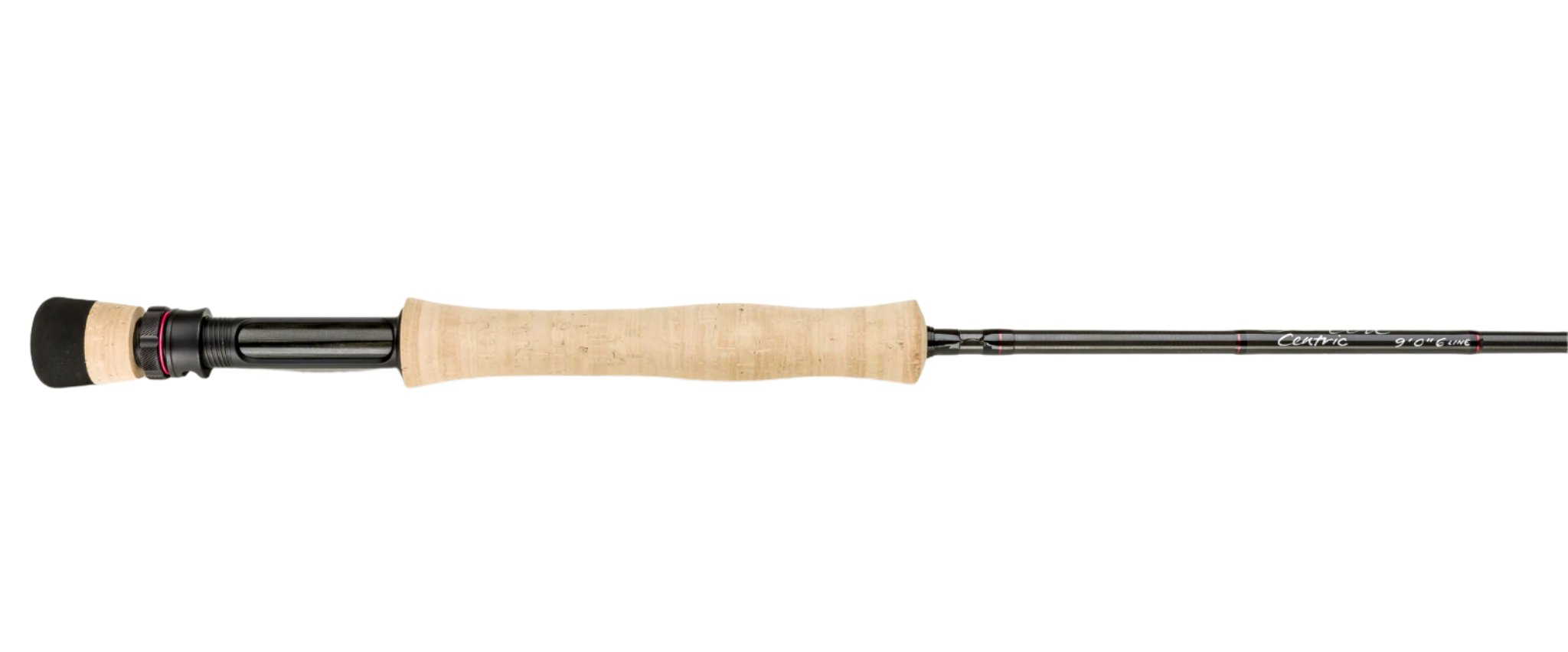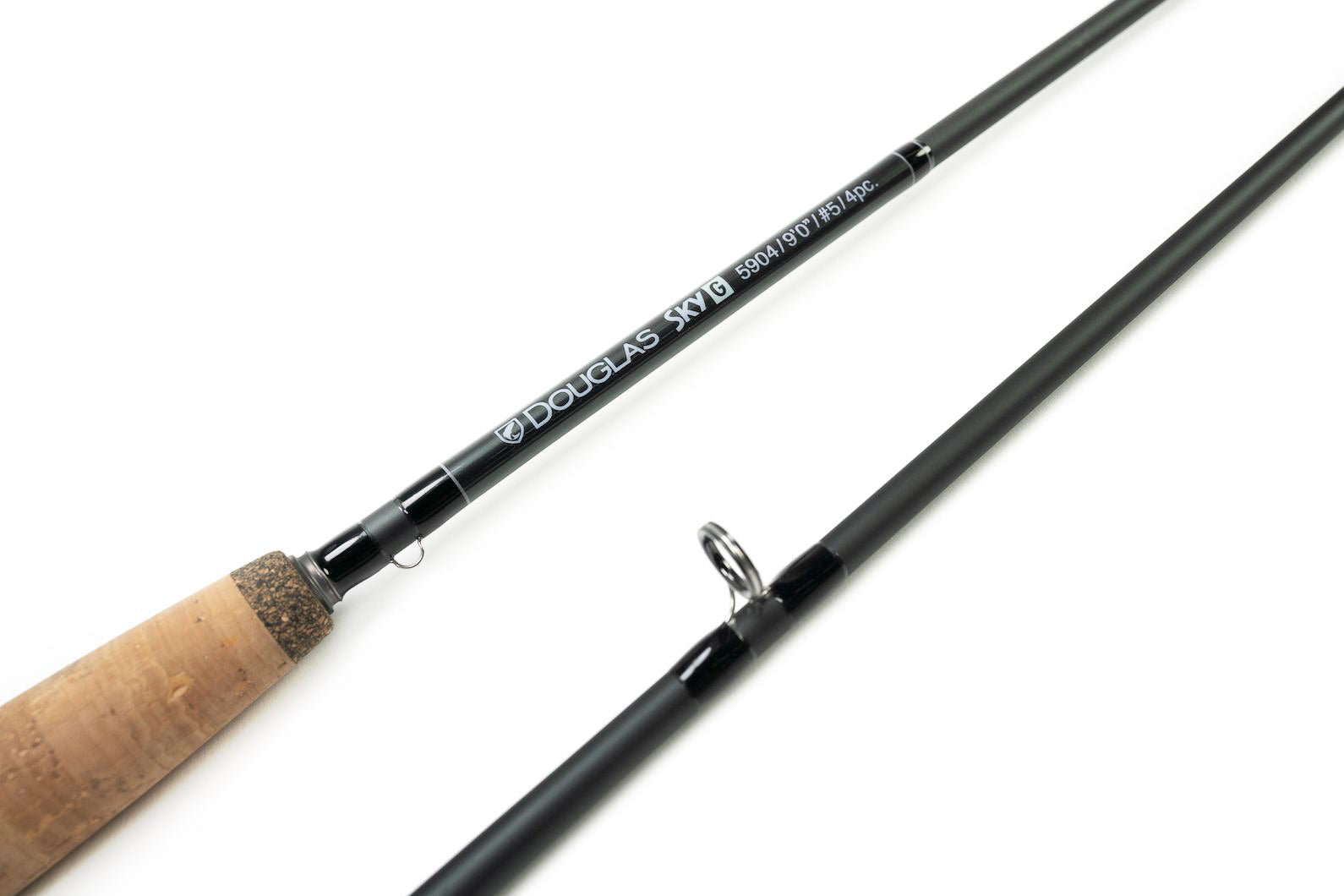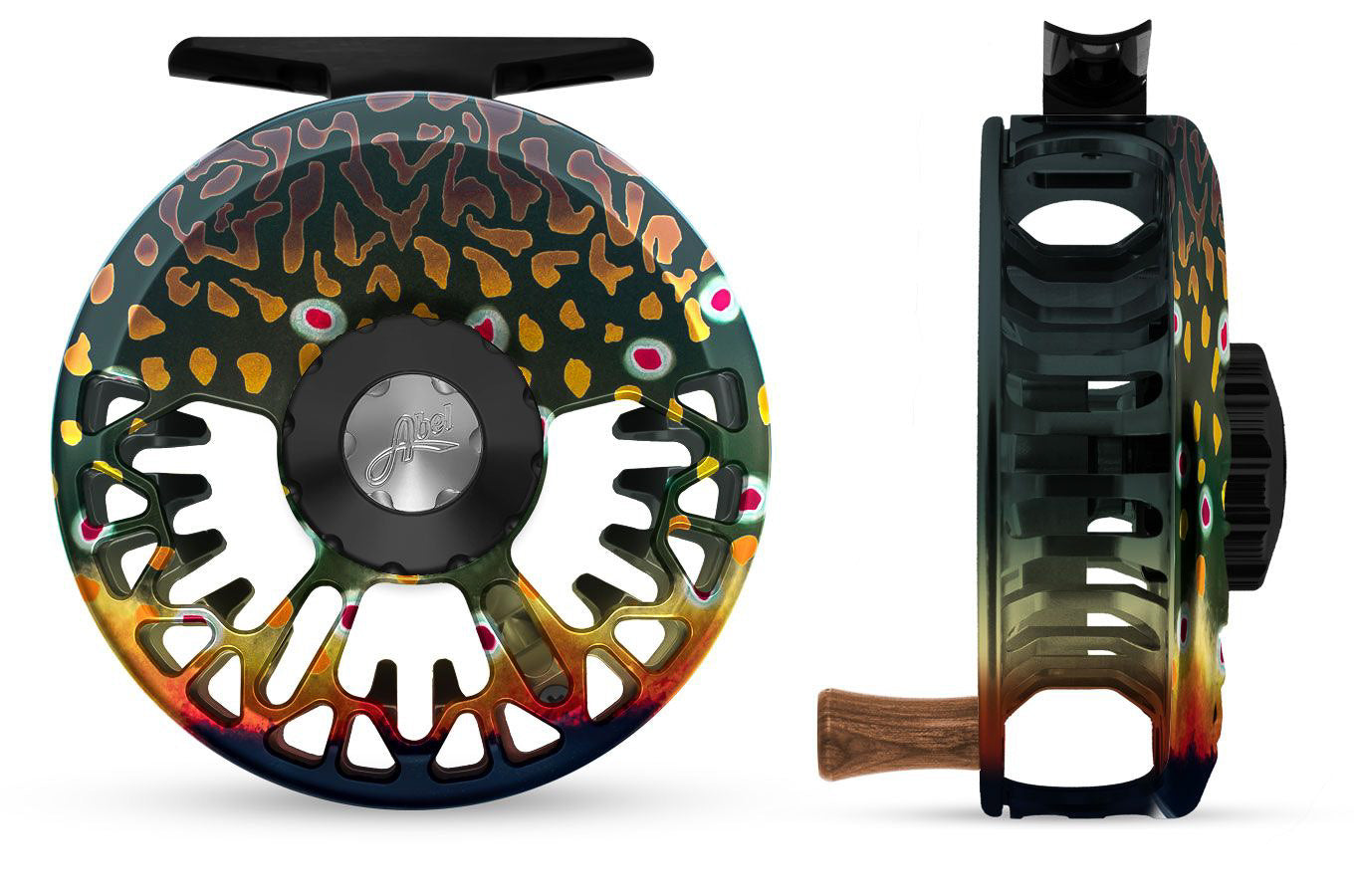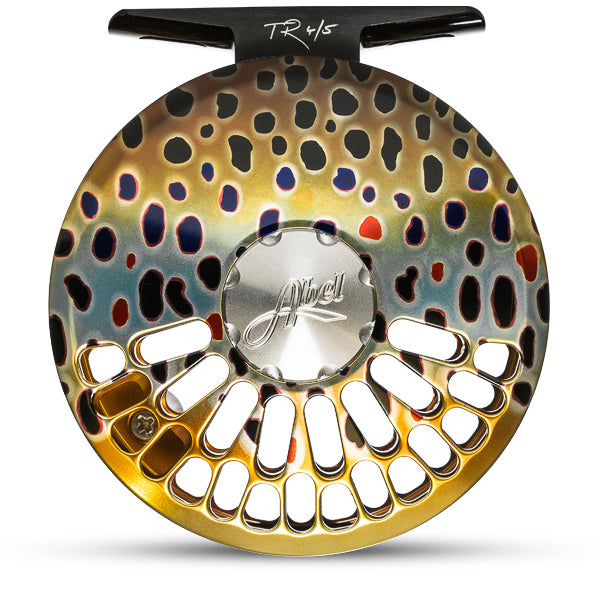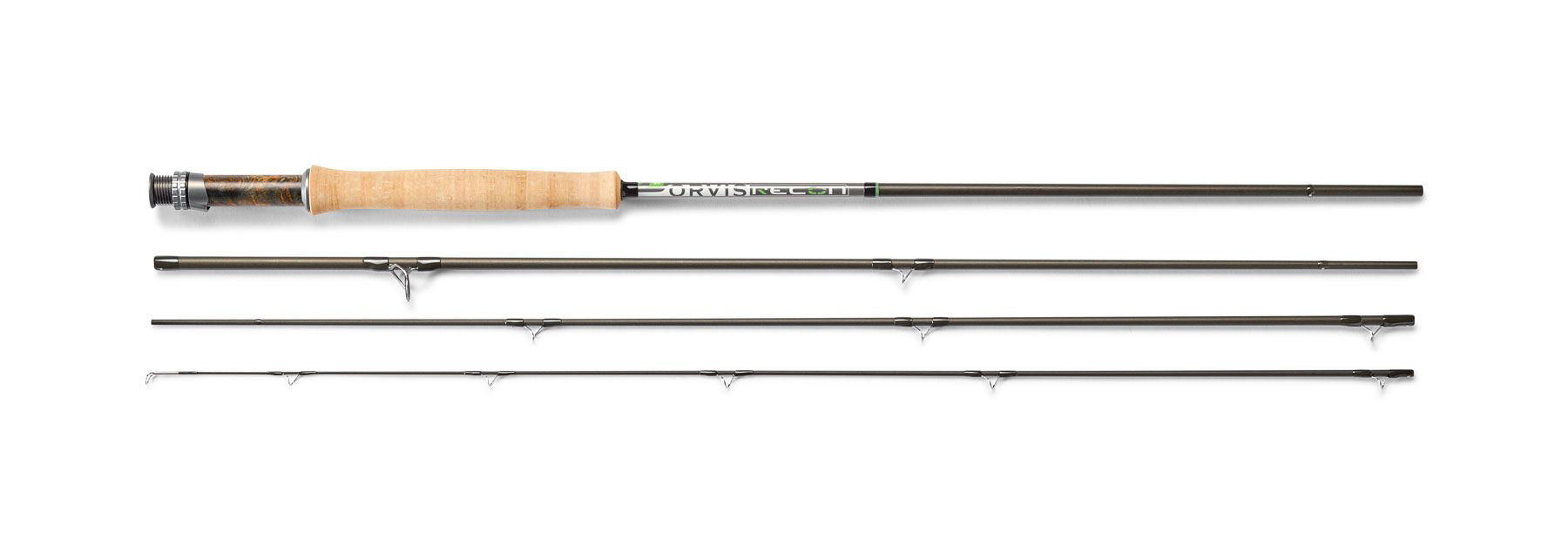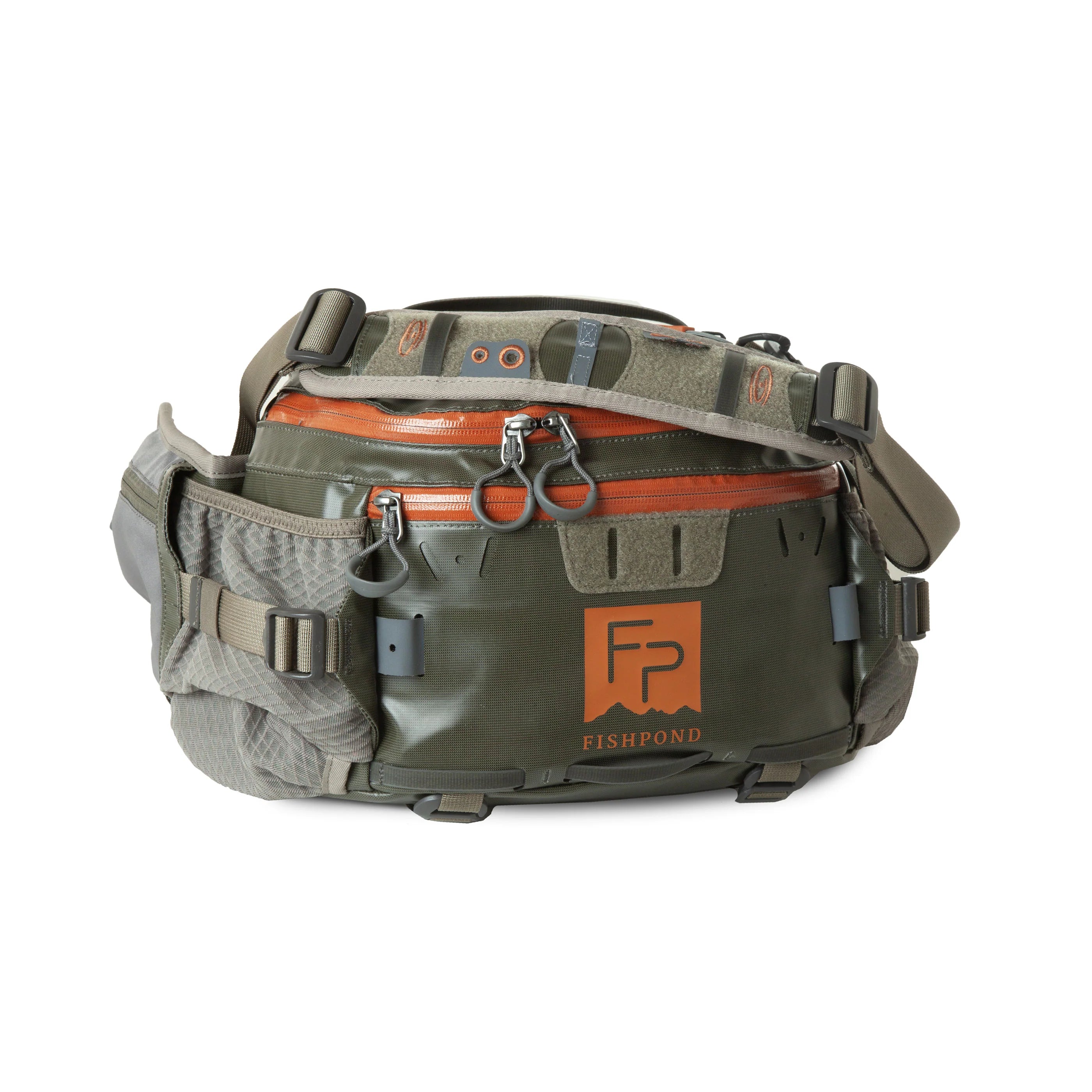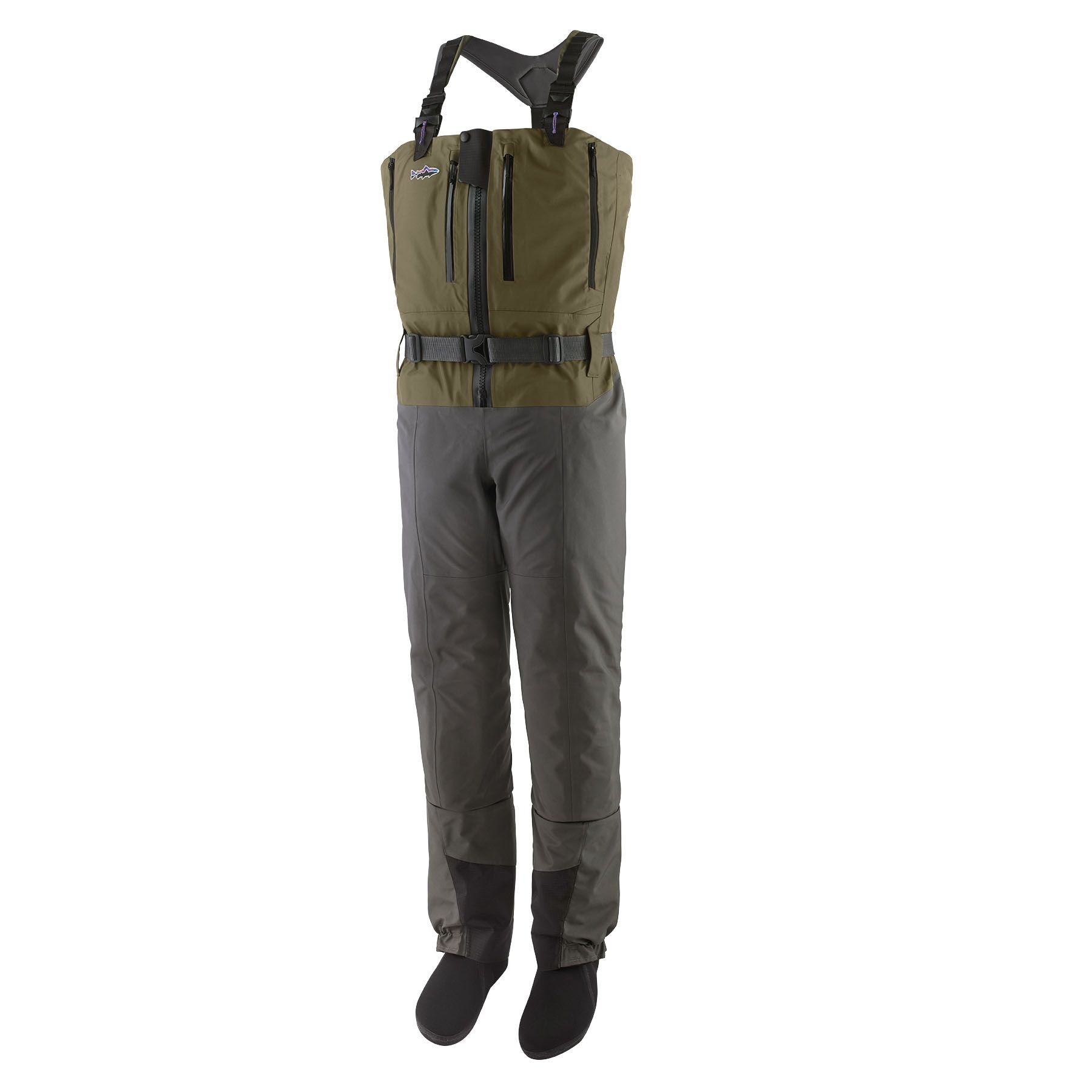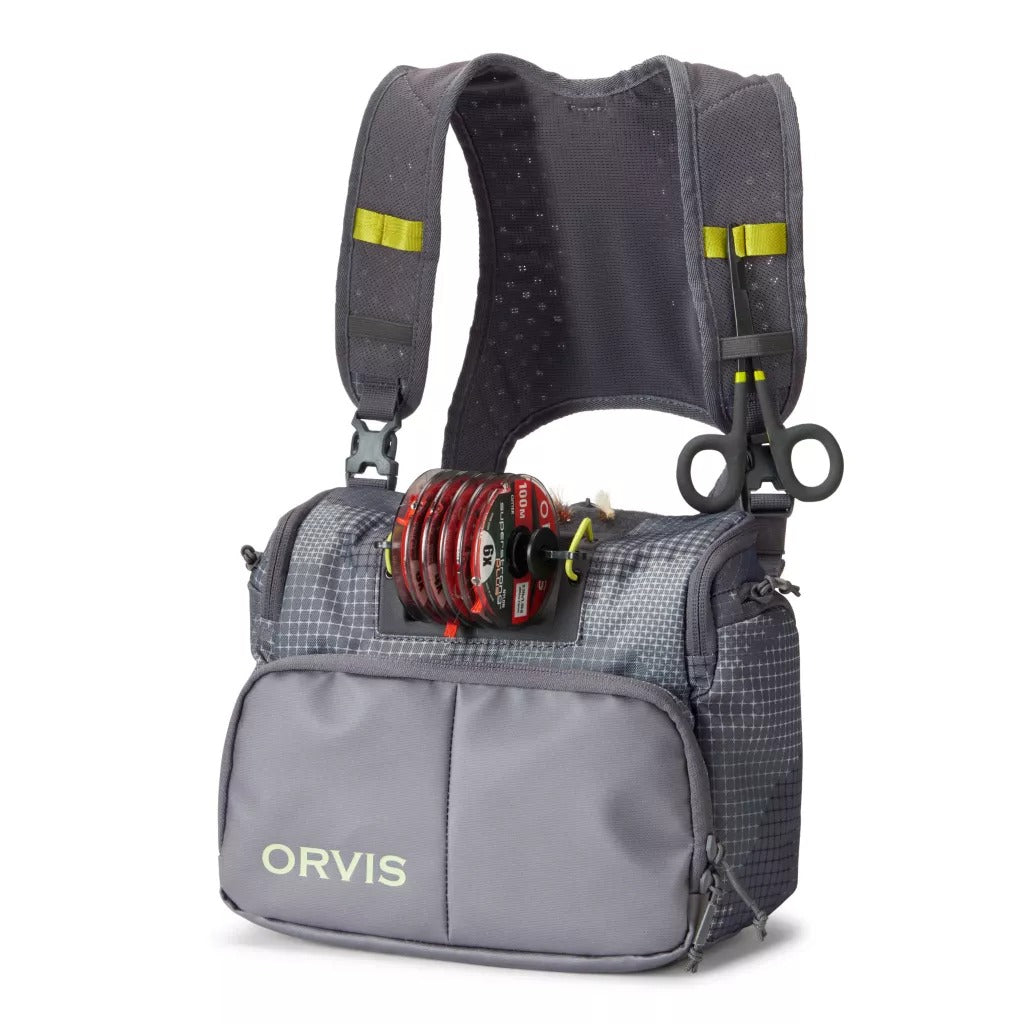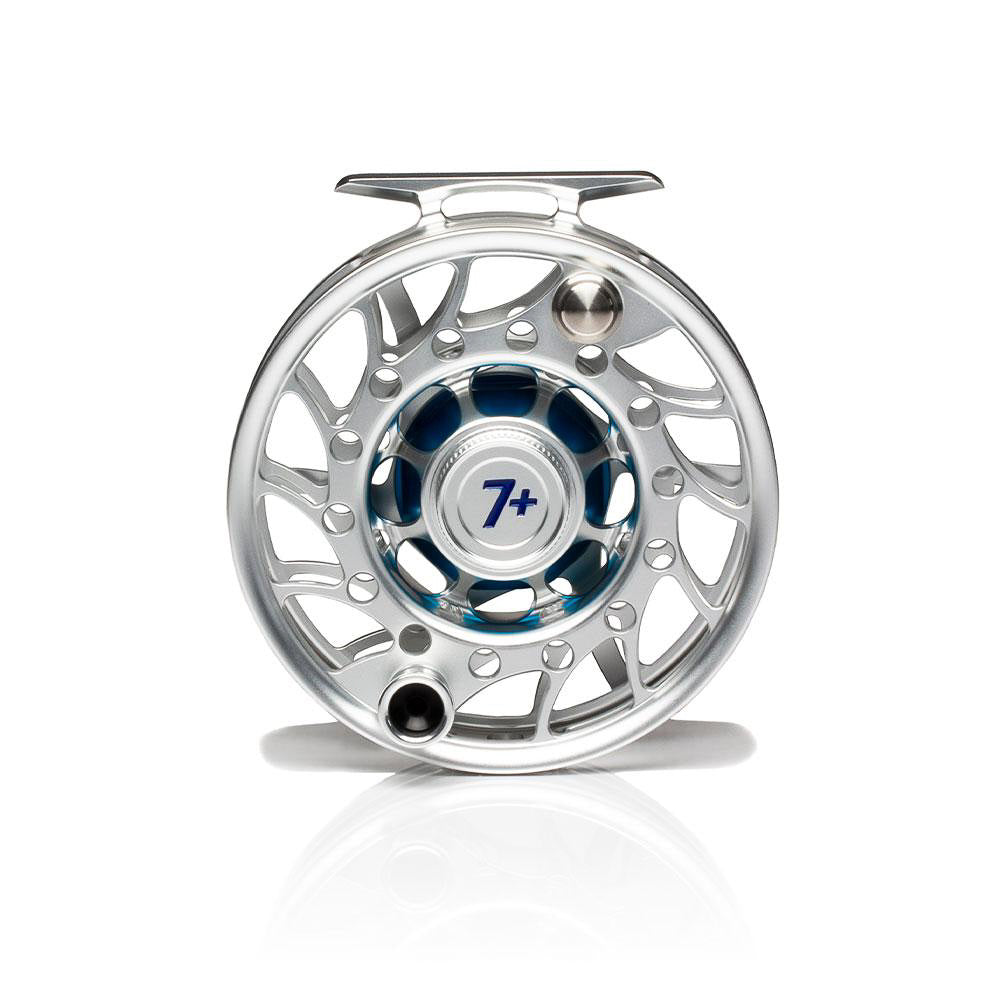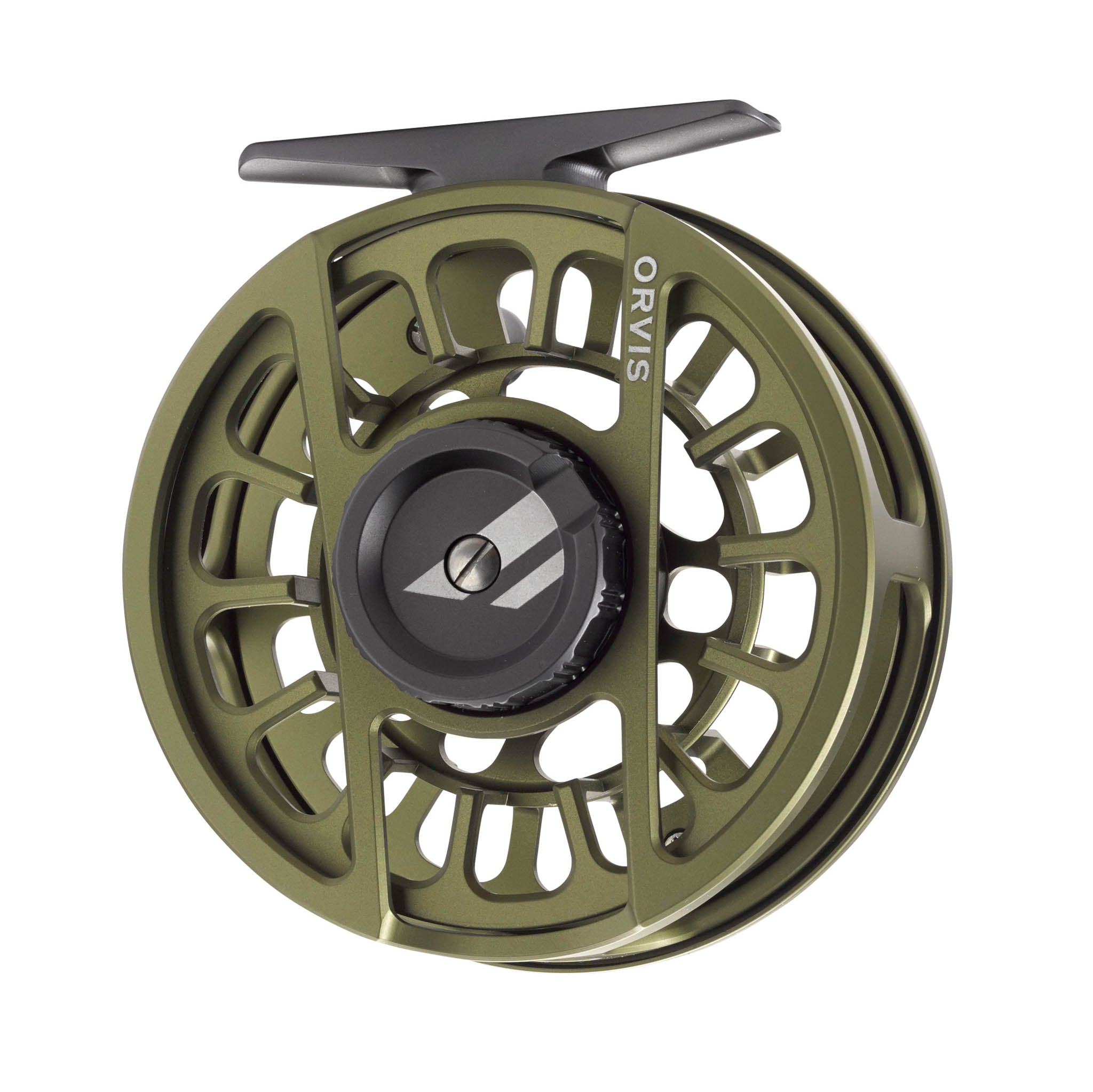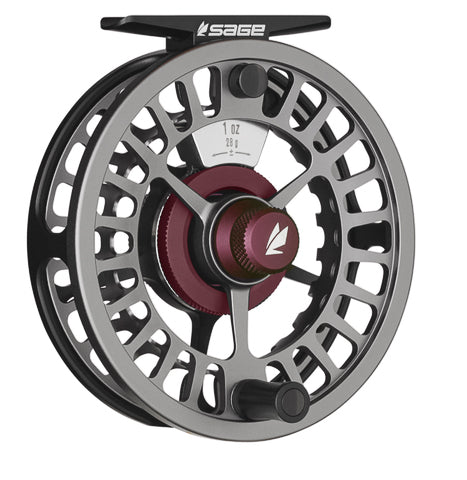The annals of fly fishing history are marked by relentless innovation and advancements, each revolutionizing the craft and enhancing the angler's capabilities. Among these groundbreaking developments, the emergence of fiberglass fly rods in the mid-20th century stands as a pivotal milestone.
Early Fly Rods: The Transformation from Wood to Bamboo
Before the advent of fiberglass, fly rods were crafted from greenheart and lancewood dominating the 18th and early 19th centuries. These rods, though castable, were burdensome and fragile. The introduction of split bamboo (i.e. Tonkin cane) in the mid-19th century shattered previous limitations. Split bamboo offered an unparalleled blend of strength, flexibility, and lightness, making it the premier material for fly rods for many decades.
The Birth of Fiberglass: Post-War Technological Breakthrough
The saga of fiberglass fly rods begins in the 1940s, a time when World War II had driven significant advancements in materials science, particularly in the creation of synthetic materials like fiberglass. As wartime restrictions on raw materials lifted, manufacturers seized the opportunity to explore new product frontiers with these innovative substances.
The earliest fiberglass rods, emerging in the late 1940s, quickly garnered attention for their resilience, lightweight nature compared to bamboo, and affordability. Conolon, Shakespeare, and Phillipson were among the first to forge these revolutionary rods.
1. Conolon: Spearheaded by Dr. Arthur Howald, a chemist who honed his craft developing fiberglass during the war, Conolon was a trailblazer in applying fiberglass technology to fishing rods. Utilizing the patented Howald Process, which involved wrapping fiberglass around a mandrel to create a hollow, tubular structure, Conolon rods were both unyielding and flexible.
2. Shakespeare: The Shakespeare Company, already a titan in the fishing tackle realm, unveiled its Wonderod series in 1947. These rods employed a unique spiral-wound fiberglass blank, delivering outstanding performance and durability. The Wonderod swiftly became a cornerstone of the era, solidifying fiberglass's place in the angling arsenal.
3. Phillipson: Bill Phillipson's company was another early adopter of fiberglass technology. Renowned for their meticulous craftsmanship, Phillipson rods were cherished by serious anglers and featured pioneering designs that enhanced casting precision and overall performance.
The Zenith of Fiberglass Fly Rods: 1950s-1970s
The 1950s through the 1970s represent the zenith of fiberglass fly rods. During this two-decade span, technological advancements and competition led to continued improvements in rod design and performance.
1. Technological Mastery: Manufacturers experimented with various types of fiberglass and resin formulations to amplify the strength and flexibility of their rods. The advent of S-glass, a high-strength fiberglass, provided unparalleled performance benefits. Additionally, refinements in rod taper design and construction techniques yielded rods that were more responsive and effortlessly castable.
2. Dominant Manufacturers: Several companies emerged as titans in the fiberglass fly rod market during this period. Fenwick, founded in 1952, rapidly gained acclaim for producing fiberglass rods that were favored by both amateur and professional anglers. Their Fenglass series became iconic, known for its seamless casting and indomitable durability.
3. Impact on Anglers: Fiberglass rods offered decisive advantages over bamboo, making fly fishing more accessible to a broader audience. They were more economical to produce, more resistant to breakage, and required less maintenance. This democratization of fly fishing equipment spurred the sport's burgeoning popularity in the post-war era.
The Ascendancy of Graphite: Late 1970s and 1980s
The late 1970s and 1980s heralded the rise of graphite (carbon fiber) fly rods, which would ultimately eclipse fiberglass in popularity. Graphite rods offered superior strength-to-weight ratios, faster action, and heightened sensitivity. As graphite technology surged forward, it became the material of choice for most fly rod manufacturers, leading to a decline in the production and prominence of fiberglass rods.
1. Graphite Pioneers: Companies like Orvis, Sage, and G.Loomis spearheaded the graphite revolution. Their rods were lighter, stiffer, and enabled greater casting distance and accuracy compared to fiberglass. Anglers swiftly embraced these new rods, and many manufacturers redirected their focus away from fiberglass.
2. Impact on Fiberglass: While graphite rods dominated the market, a niche cadre of anglers and rod makers continued to extol the virtues of fiberglass. To this day, these enthusiasts cherish the slower, more forgiving action of fiberglass rods, which excel in delicate presentations and offer a distinct casting experience.
The Fiberglass Resurgence: 1990s to Present
In the 1990s, a resurgence of interest in fiberglass fly rods emerged, driven by a profound appreciation for their unique attributes and a renewed focus on traditional fly fishing techniques.
1. Artisan Rod Makers: Small, independent rod makers were instrumental in the fiberglass resurgence. Craftsmen like Tom Morgan, Larry Kenney, and the team at Scott Fly Rods began producing high-quality, custom fiberglass rods that captivated discerning anglers. These rods, often crafted with modern materials and construction techniques, delivered performance enhancements over their mid-20th-century predecessors.
2. Modern Fiberglass Rods: Today’s fiberglass rods benefit from cutting-edge material science and advanced rod-making technology. Modern E-glass and S-glass fibers, combined with high-quality resins, produce rods that are lighter, stronger, and more responsive than ever before. Contemporary fiberglass rods are renowned for their smooth casting, sensitivity, and ability to protect light tippets.
3. Niche Market: While graphite rods remain the dominant choice for many anglers, fiberglass rods have carved out a dedicated niche market. They are particularly favored by anglers who fish small streams, target delicate species like trout, or who revel in the aesthetic and performance qualities of fiberglass.
4. Notable Modern Rods: Several manufacturers continue to produce exceptional fiberglass fly rods. The Orvis Superfine Glass series and the Redington Butter Stick are also celebrated choices among modern anglers, merging vintage aesthetics with cutting-edge performance.
Summary
The history of fiberglass fly rods is a testament to the relentless spirit of innovation and tradition in the world of fly fishing. From their post-war origins to their mid-century zenith and their modern resurgence, fiberglass rods were the bridge between bamboo and graphite rods. They offer a unique amalgamation of performance, durability, and aesthetic appeal that continues to captivate anglers of all stripes.
As the fly fishing community evolves, the enduring allure of fiberglass fly rods stands as a reminder of the rich history and boundless possibilities within the sport. Whether you are a battle-hardened veteran or a zealous newcomer, the timeless charm and distinctive feel of a fiberglass rod can elevate your fly fishing experience, connecting you to a legacy of unyielding craftsmanship and relentless innovation that spans decades.
Early Fly Rods: The Transformation from Wood to Bamboo
Before the advent of fiberglass, fly rods were crafted from greenheart and lancewood dominating the 18th and early 19th centuries. These rods, though castable, were burdensome and fragile. The introduction of split bamboo (i.e. Tonkin cane) in the mid-19th century shattered previous limitations. Split bamboo offered an unparalleled blend of strength, flexibility, and lightness, making it the premier material for fly rods for many decades.
The Birth of Fiberglass: Post-War Technological Breakthrough
The saga of fiberglass fly rods begins in the 1940s, a time when World War II had driven significant advancements in materials science, particularly in the creation of synthetic materials like fiberglass. As wartime restrictions on raw materials lifted, manufacturers seized the opportunity to explore new product frontiers with these innovative substances.
The earliest fiberglass rods, emerging in the late 1940s, quickly garnered attention for their resilience, lightweight nature compared to bamboo, and affordability. Conolon, Shakespeare, and Phillipson were among the first to forge these revolutionary rods.
1. Conolon: Spearheaded by Dr. Arthur Howald, a chemist who honed his craft developing fiberglass during the war, Conolon was a trailblazer in applying fiberglass technology to fishing rods. Utilizing the patented Howald Process, which involved wrapping fiberglass around a mandrel to create a hollow, tubular structure, Conolon rods were both unyielding and flexible.
2. Shakespeare: The Shakespeare Company, already a titan in the fishing tackle realm, unveiled its Wonderod series in 1947. These rods employed a unique spiral-wound fiberglass blank, delivering outstanding performance and durability. The Wonderod swiftly became a cornerstone of the era, solidifying fiberglass's place in the angling arsenal.
3. Phillipson: Bill Phillipson's company was another early adopter of fiberglass technology. Renowned for their meticulous craftsmanship, Phillipson rods were cherished by serious anglers and featured pioneering designs that enhanced casting precision and overall performance.
The Zenith of Fiberglass Fly Rods: 1950s-1970s
The 1950s through the 1970s represent the zenith of fiberglass fly rods. During this two-decade span, technological advancements and competition led to continued improvements in rod design and performance.
1. Technological Mastery: Manufacturers experimented with various types of fiberglass and resin formulations to amplify the strength and flexibility of their rods. The advent of S-glass, a high-strength fiberglass, provided unparalleled performance benefits. Additionally, refinements in rod taper design and construction techniques yielded rods that were more responsive and effortlessly castable.
2. Dominant Manufacturers: Several companies emerged as titans in the fiberglass fly rod market during this period. Fenwick, founded in 1952, rapidly gained acclaim for producing fiberglass rods that were favored by both amateur and professional anglers. Their Fenglass series became iconic, known for its seamless casting and indomitable durability.
3. Impact on Anglers: Fiberglass rods offered decisive advantages over bamboo, making fly fishing more accessible to a broader audience. They were more economical to produce, more resistant to breakage, and required less maintenance. This democratization of fly fishing equipment spurred the sport's burgeoning popularity in the post-war era.
The Ascendancy of Graphite: Late 1970s and 1980s
The late 1970s and 1980s heralded the rise of graphite (carbon fiber) fly rods, which would ultimately eclipse fiberglass in popularity. Graphite rods offered superior strength-to-weight ratios, faster action, and heightened sensitivity. As graphite technology surged forward, it became the material of choice for most fly rod manufacturers, leading to a decline in the production and prominence of fiberglass rods.
1. Graphite Pioneers: Companies like Orvis, Sage, and G.Loomis spearheaded the graphite revolution. Their rods were lighter, stiffer, and enabled greater casting distance and accuracy compared to fiberglass. Anglers swiftly embraced these new rods, and many manufacturers redirected their focus away from fiberglass.
2. Impact on Fiberglass: While graphite rods dominated the market, a niche cadre of anglers and rod makers continued to extol the virtues of fiberglass. To this day, these enthusiasts cherish the slower, more forgiving action of fiberglass rods, which excel in delicate presentations and offer a distinct casting experience.
The Fiberglass Resurgence: 1990s to Present
In the 1990s, a resurgence of interest in fiberglass fly rods emerged, driven by a profound appreciation for their unique attributes and a renewed focus on traditional fly fishing techniques.
1. Artisan Rod Makers: Small, independent rod makers were instrumental in the fiberglass resurgence. Craftsmen like Tom Morgan, Larry Kenney, and the team at Scott Fly Rods began producing high-quality, custom fiberglass rods that captivated discerning anglers. These rods, often crafted with modern materials and construction techniques, delivered performance enhancements over their mid-20th-century predecessors.
2. Modern Fiberglass Rods: Today’s fiberglass rods benefit from cutting-edge material science and advanced rod-making technology. Modern E-glass and S-glass fibers, combined with high-quality resins, produce rods that are lighter, stronger, and more responsive than ever before. Contemporary fiberglass rods are renowned for their smooth casting, sensitivity, and ability to protect light tippets.
3. Niche Market: While graphite rods remain the dominant choice for many anglers, fiberglass rods have carved out a dedicated niche market. They are particularly favored by anglers who fish small streams, target delicate species like trout, or who revel in the aesthetic and performance qualities of fiberglass.
4. Notable Modern Rods: Several manufacturers continue to produce exceptional fiberglass fly rods. The Orvis Superfine Glass series and the Redington Butter Stick are also celebrated choices among modern anglers, merging vintage aesthetics with cutting-edge performance.
Summary
The history of fiberglass fly rods is a testament to the relentless spirit of innovation and tradition in the world of fly fishing. From their post-war origins to their mid-century zenith and their modern resurgence, fiberglass rods were the bridge between bamboo and graphite rods. They offer a unique amalgamation of performance, durability, and aesthetic appeal that continues to captivate anglers of all stripes.
As the fly fishing community evolves, the enduring allure of fiberglass fly rods stands as a reminder of the rich history and boundless possibilities within the sport. Whether you are a battle-hardened veteran or a zealous newcomer, the timeless charm and distinctive feel of a fiberglass rod can elevate your fly fishing experience, connecting you to a legacy of unyielding craftsmanship and relentless innovation that spans decades.


